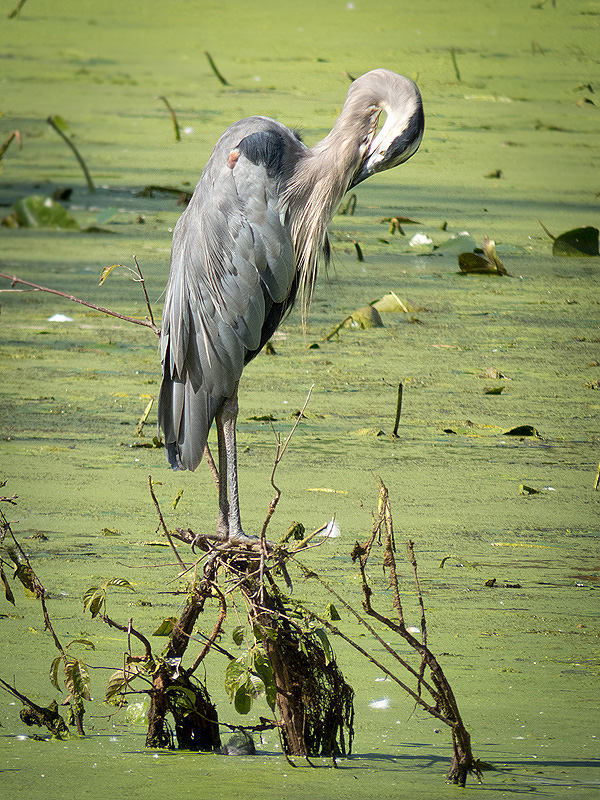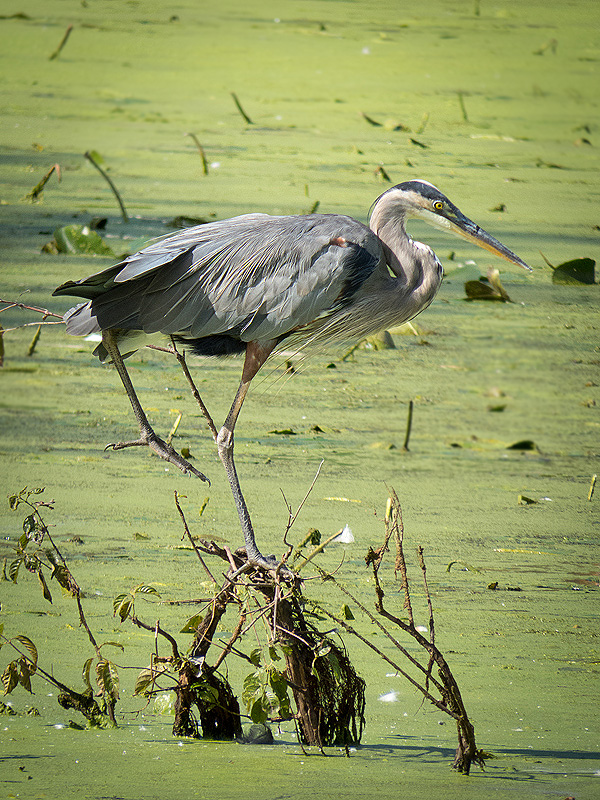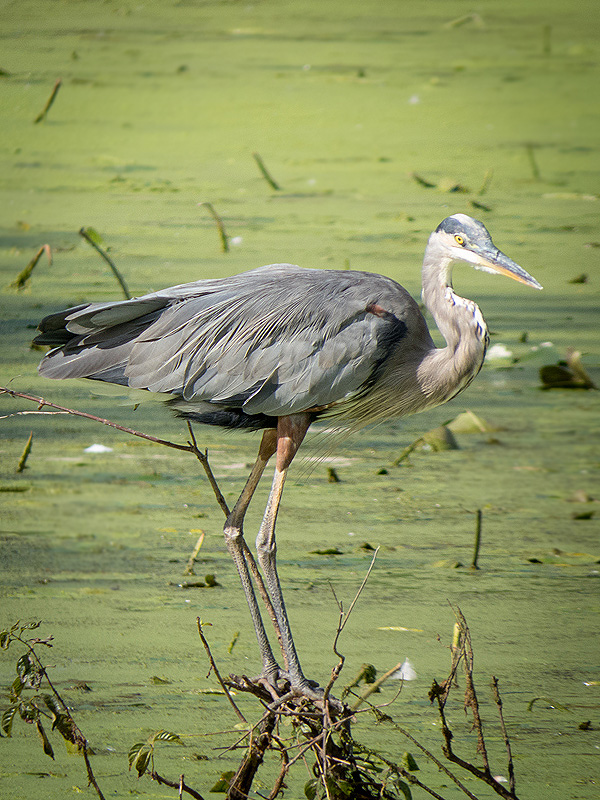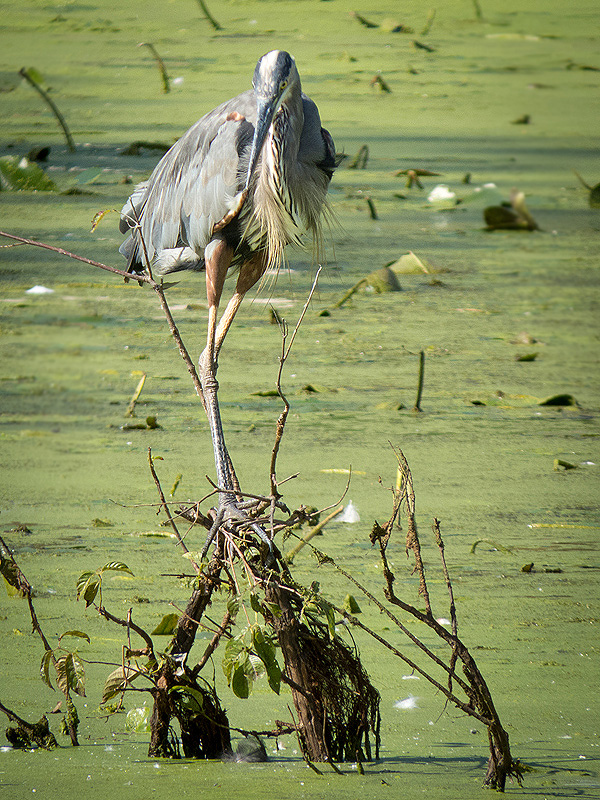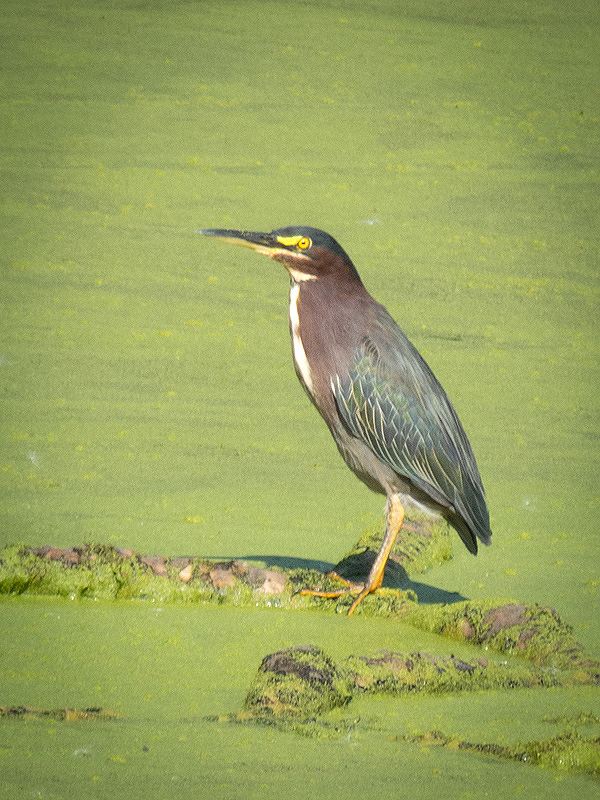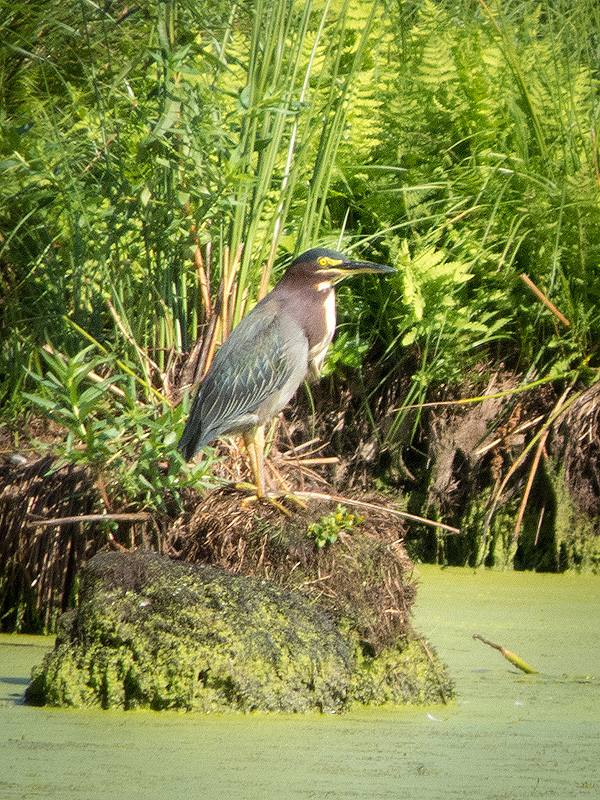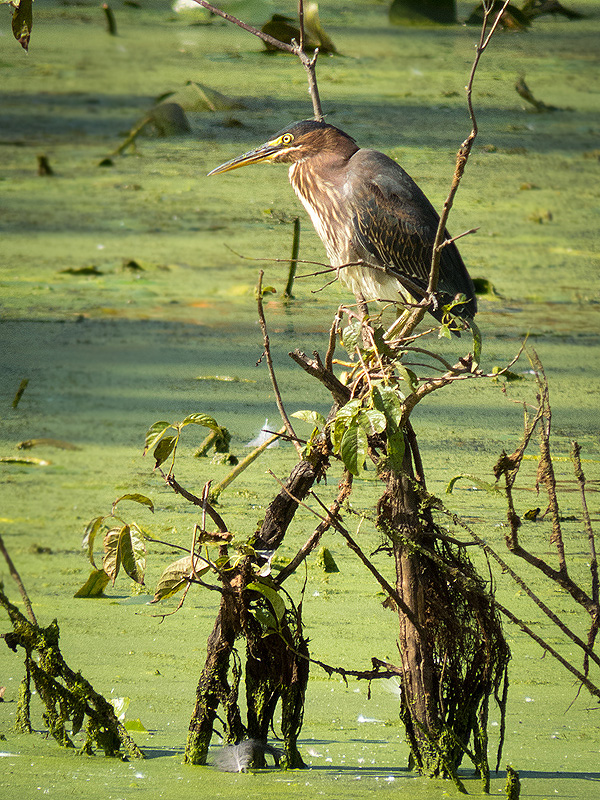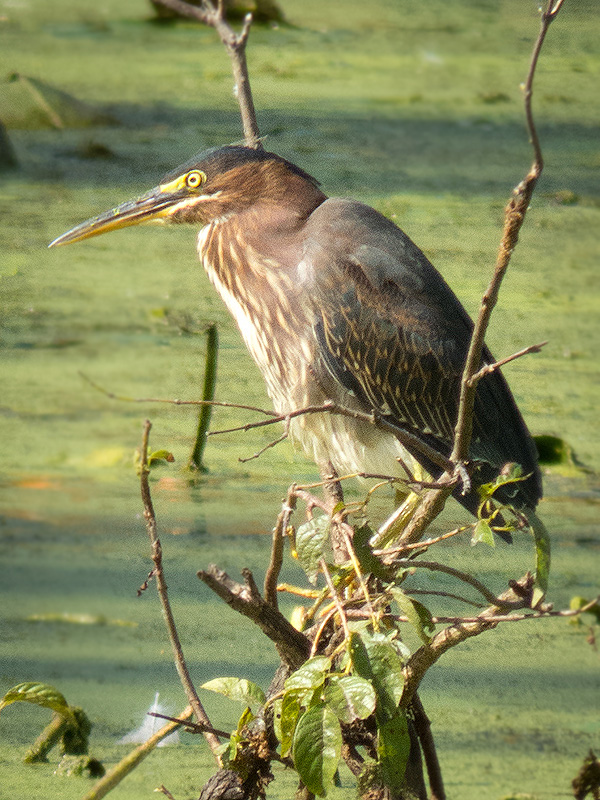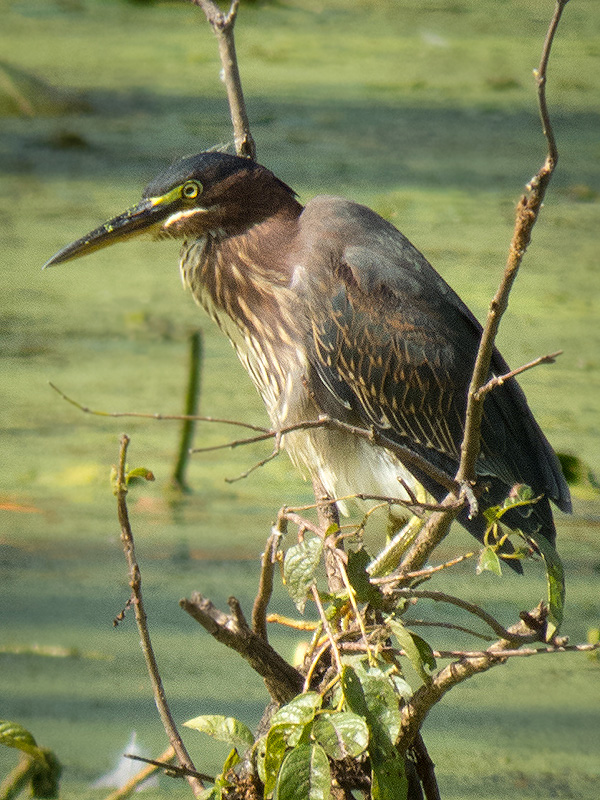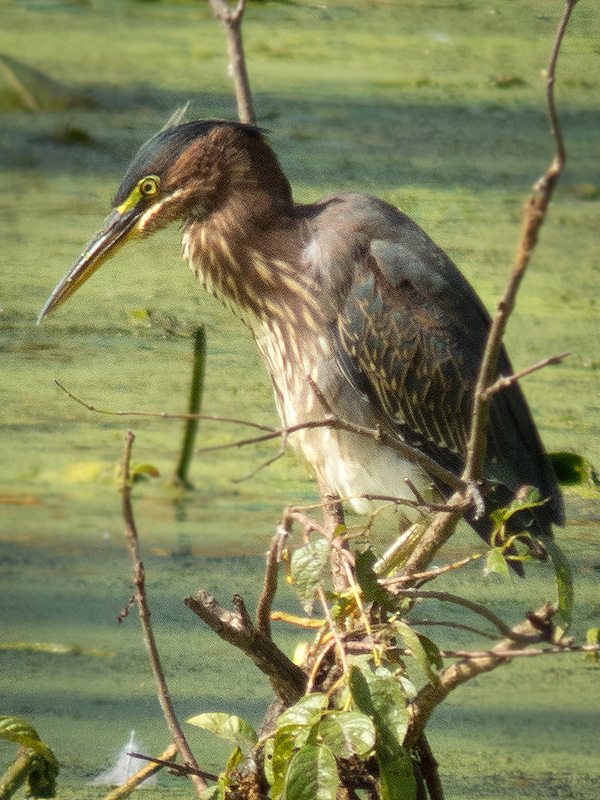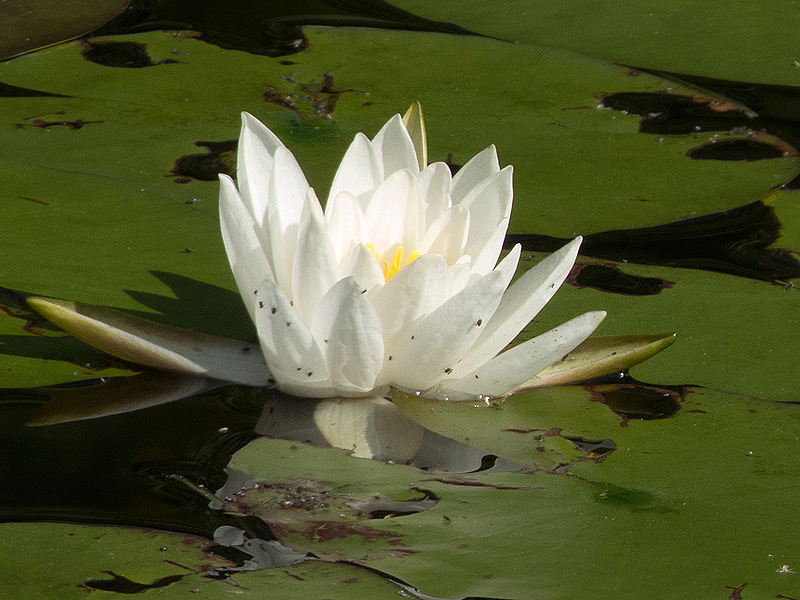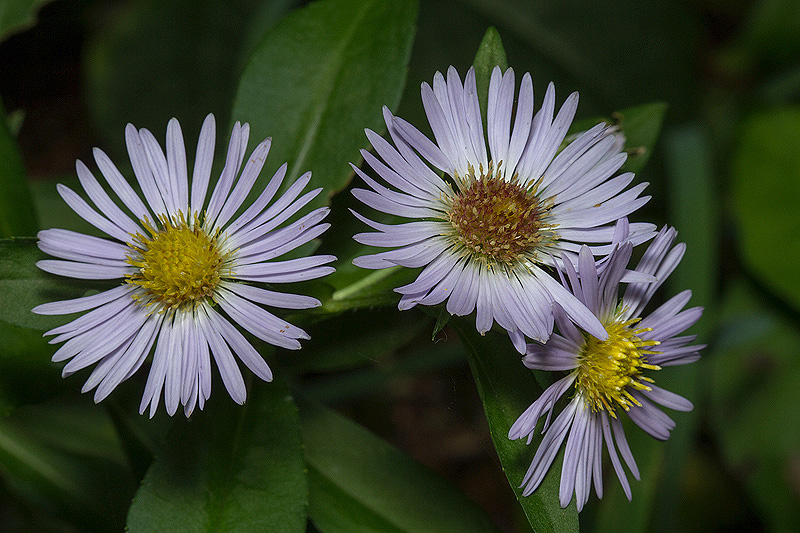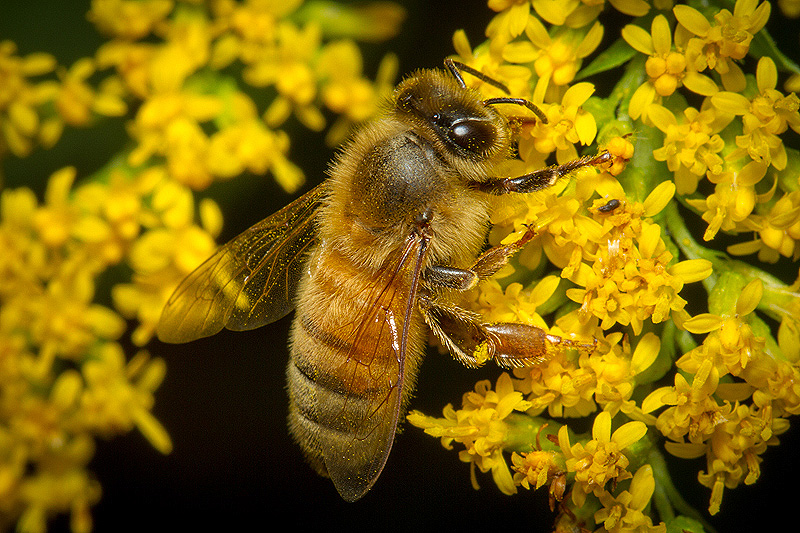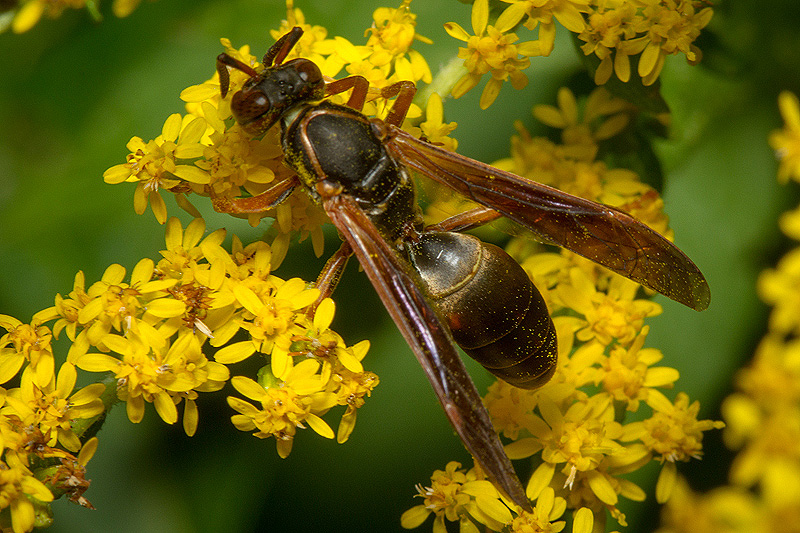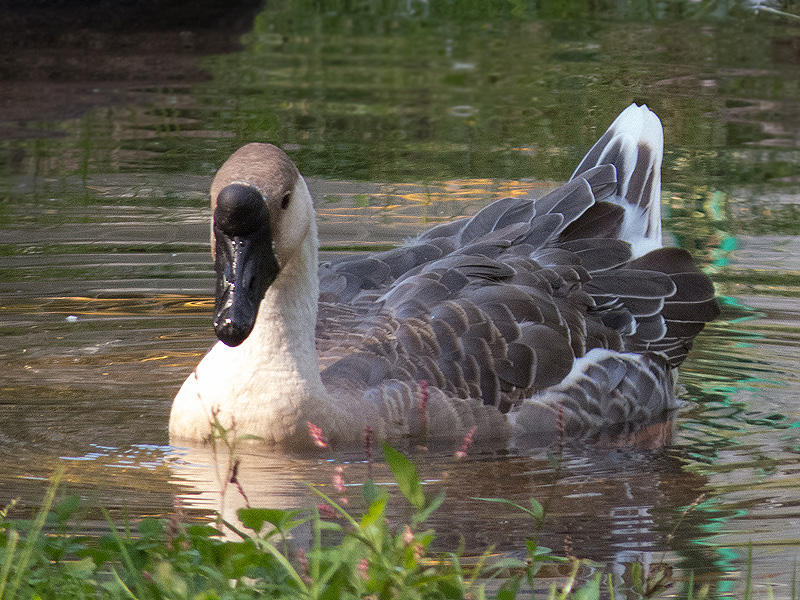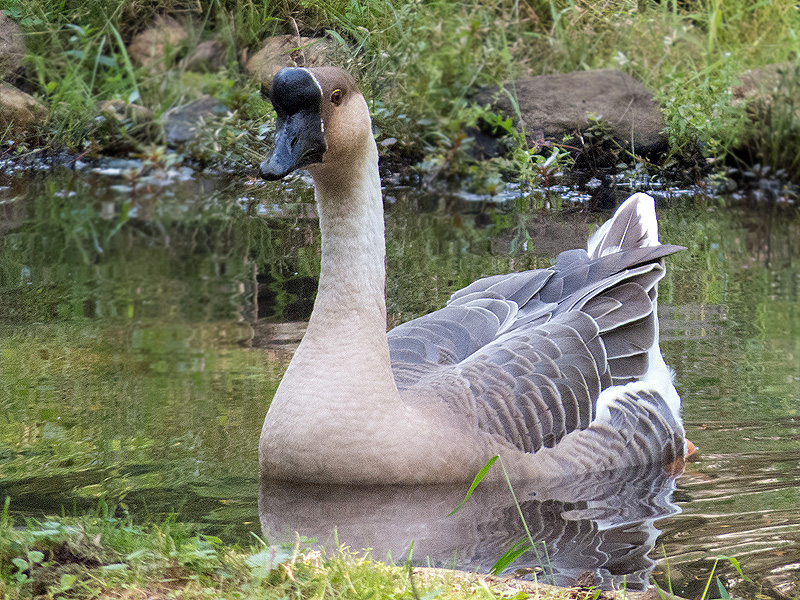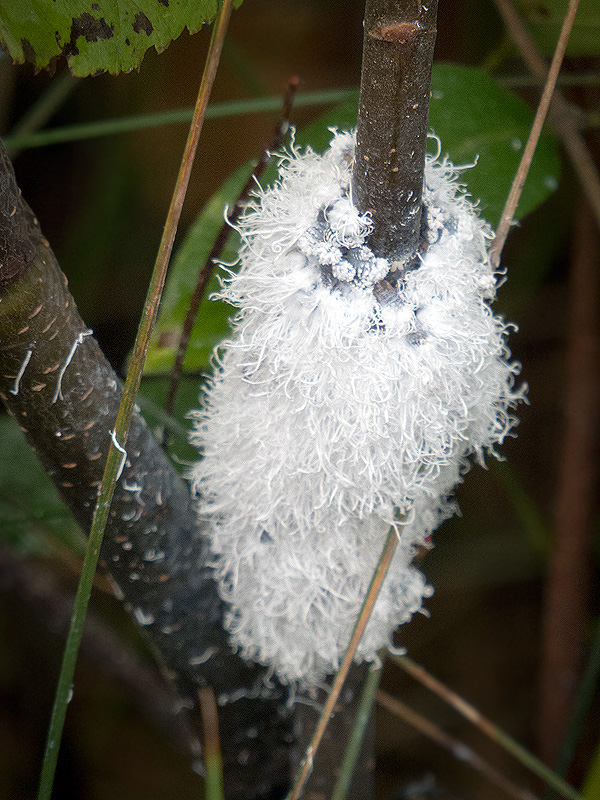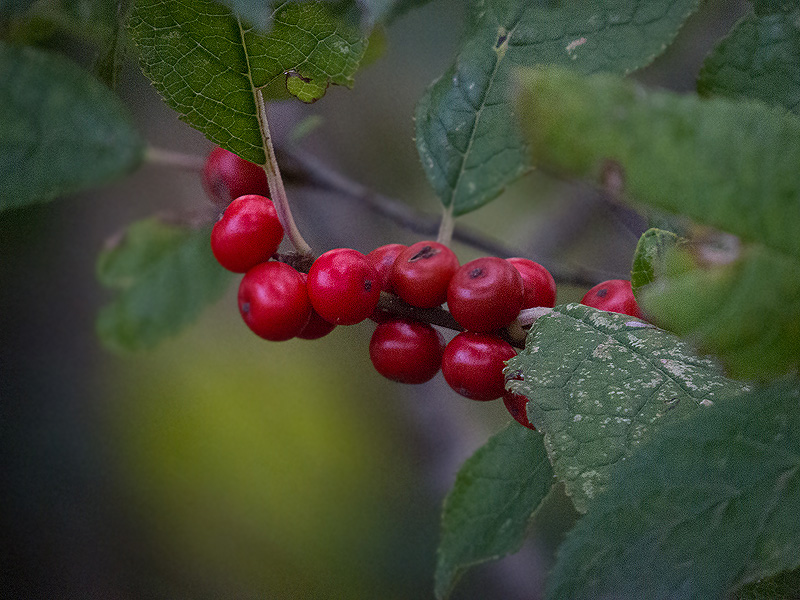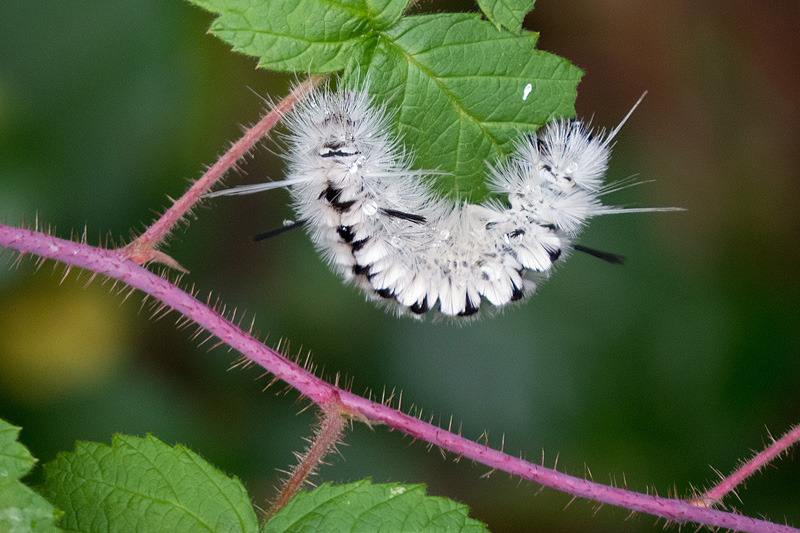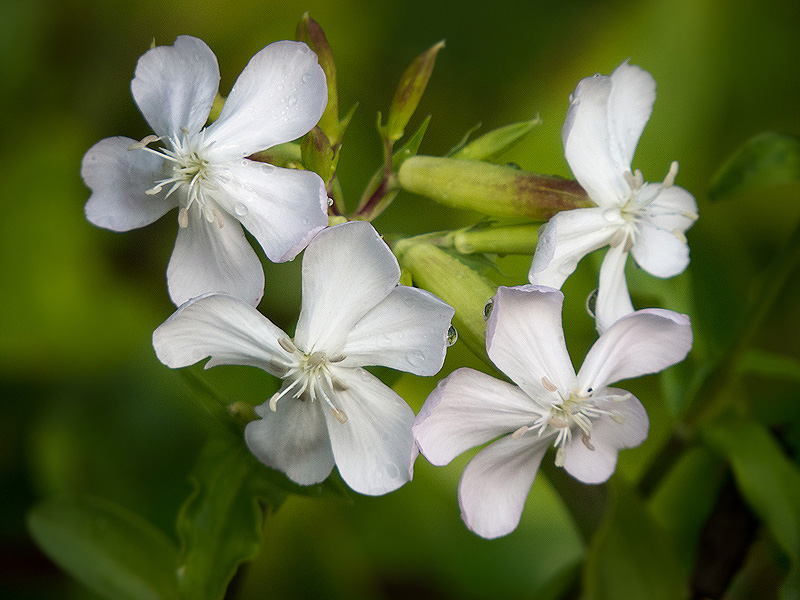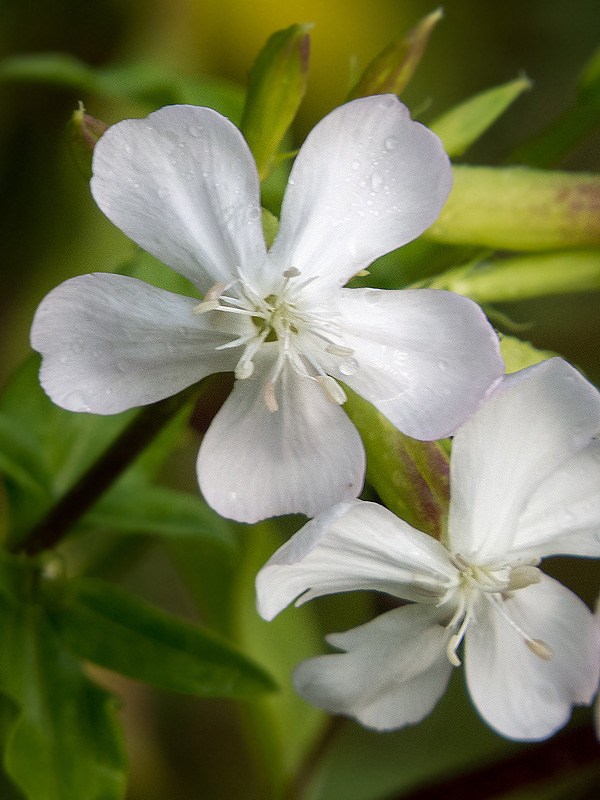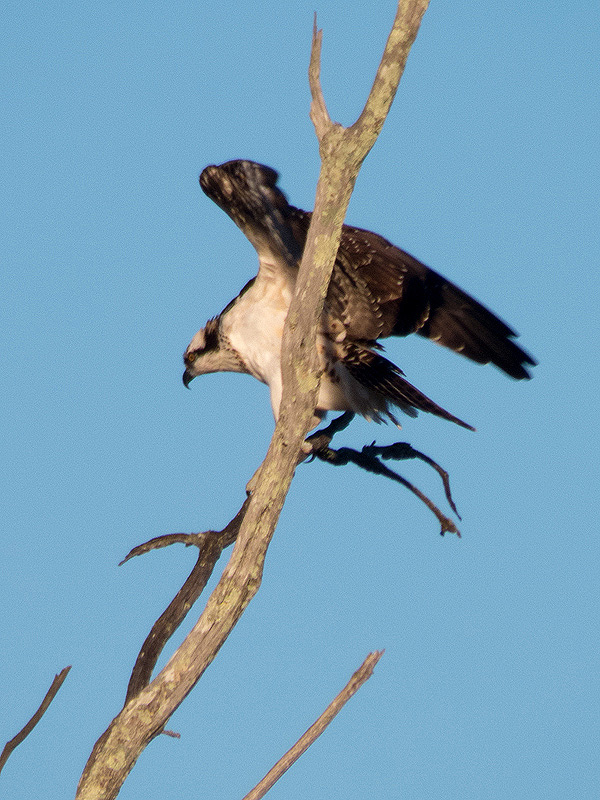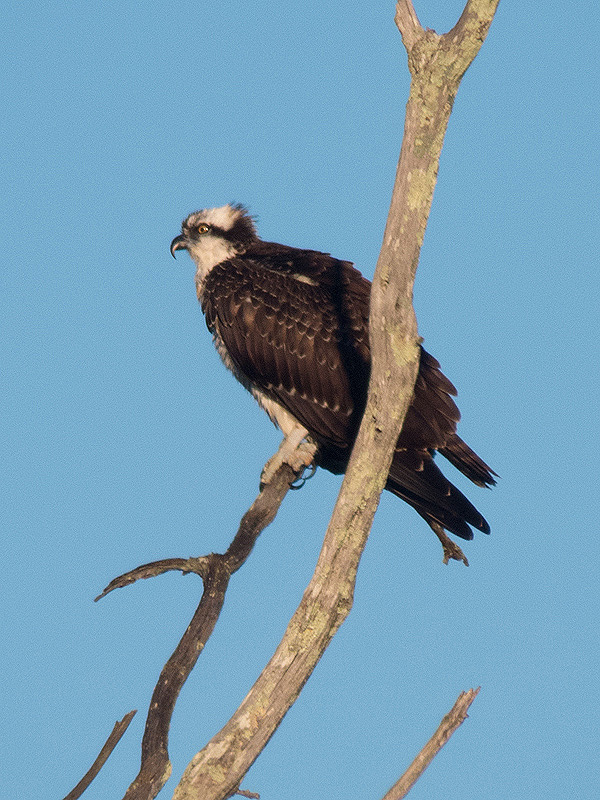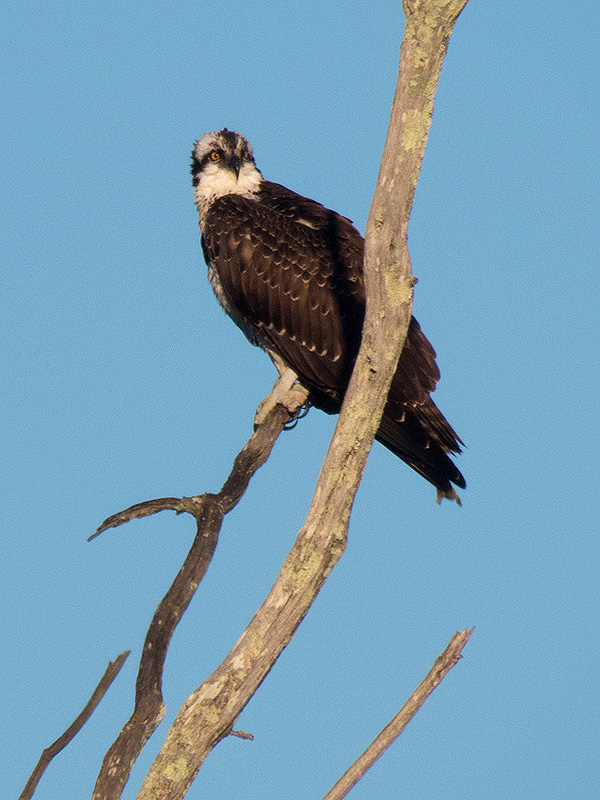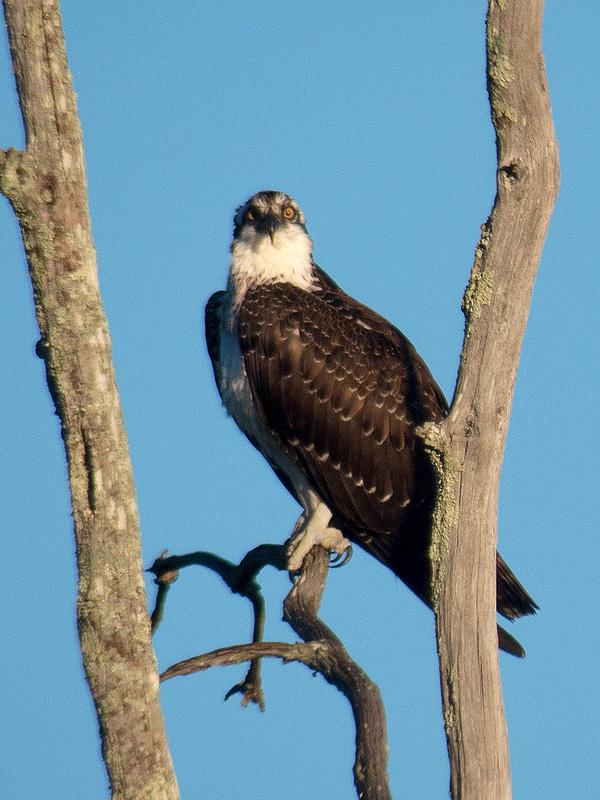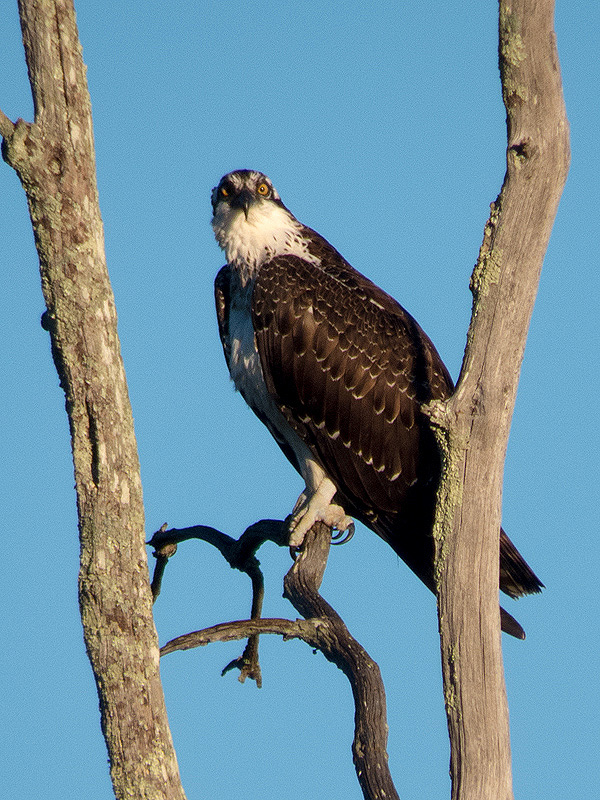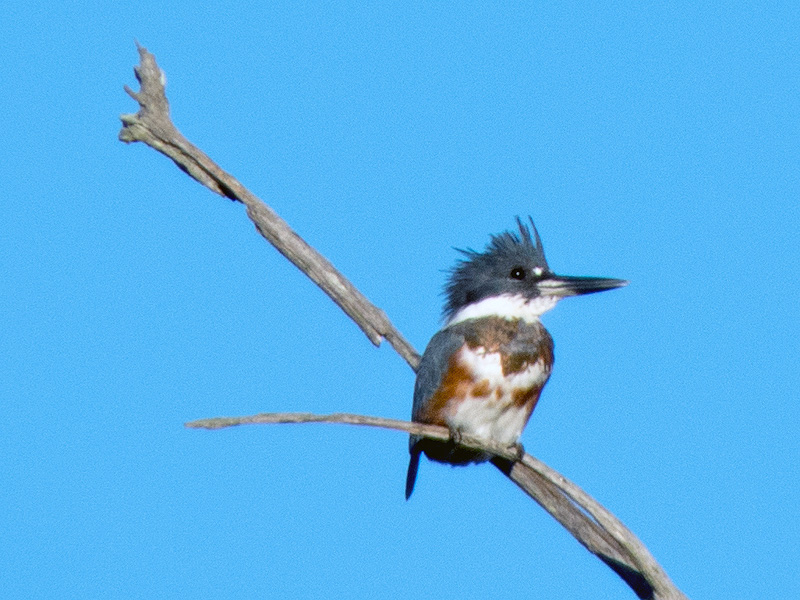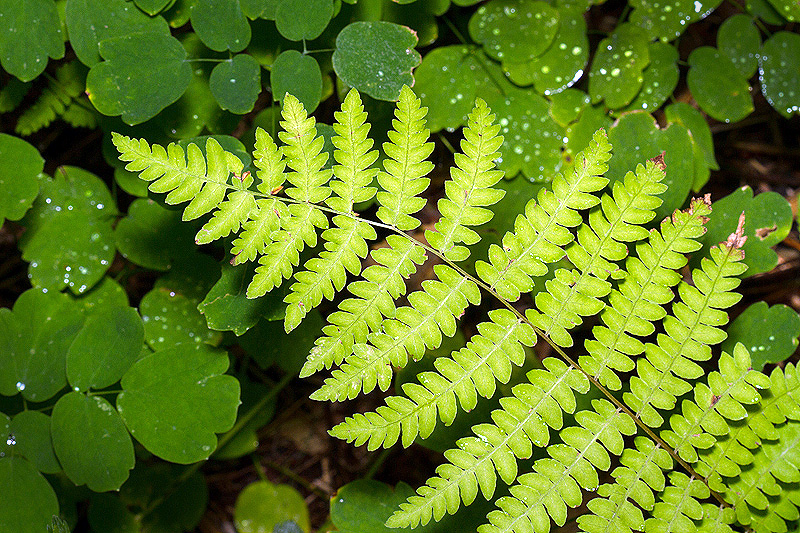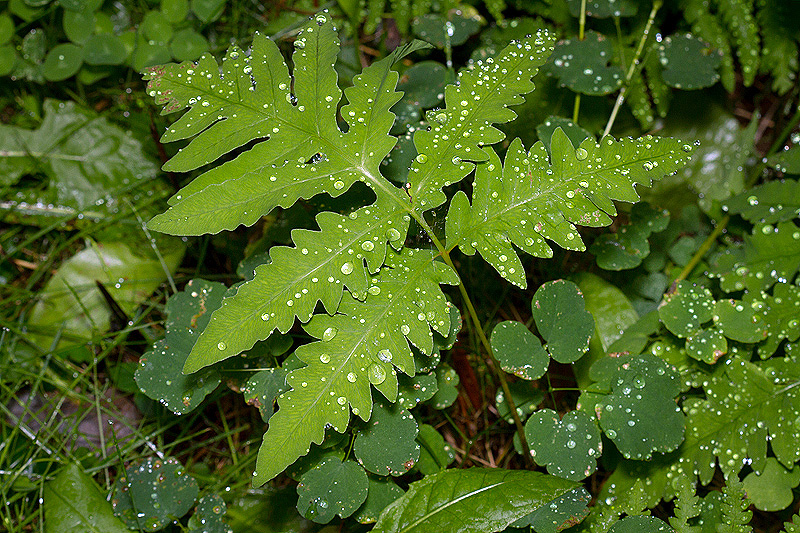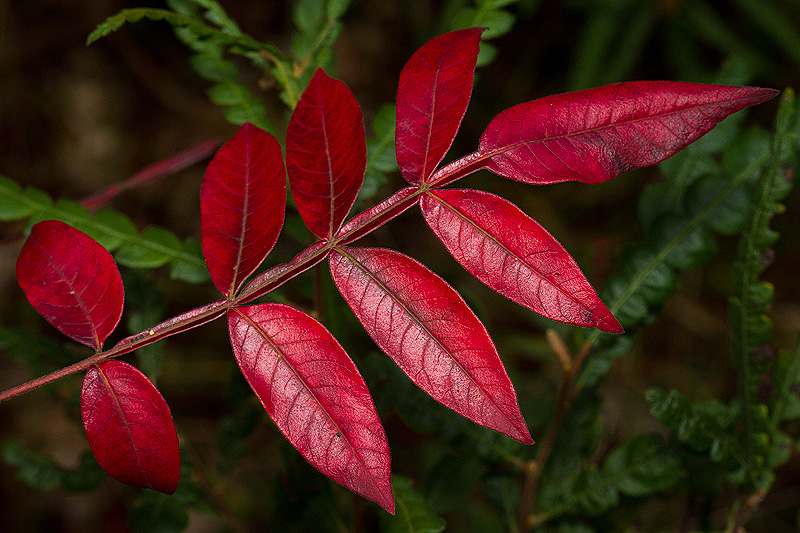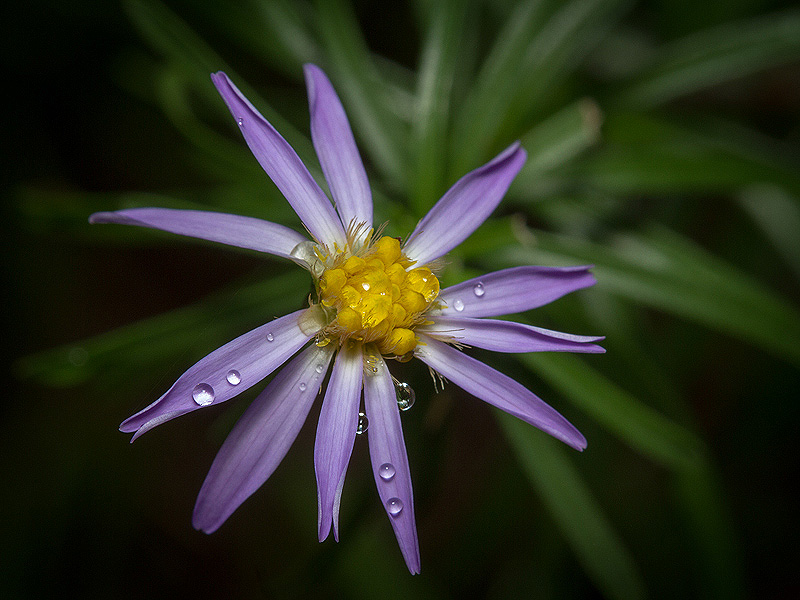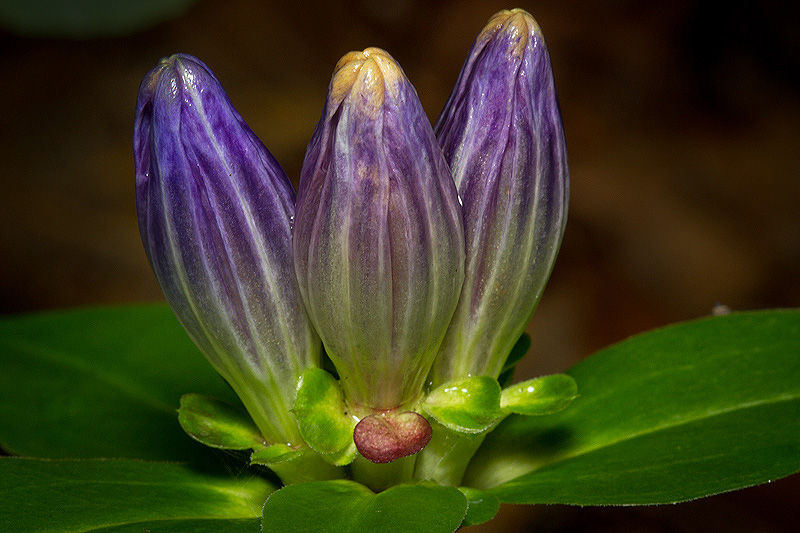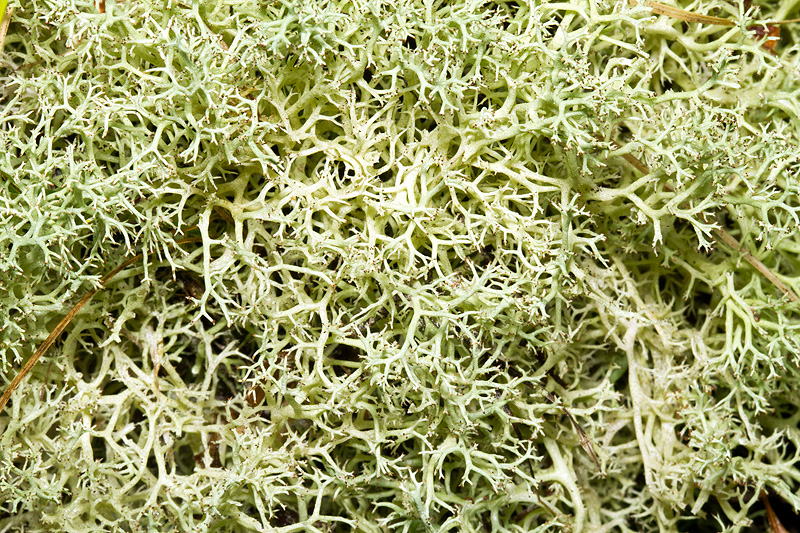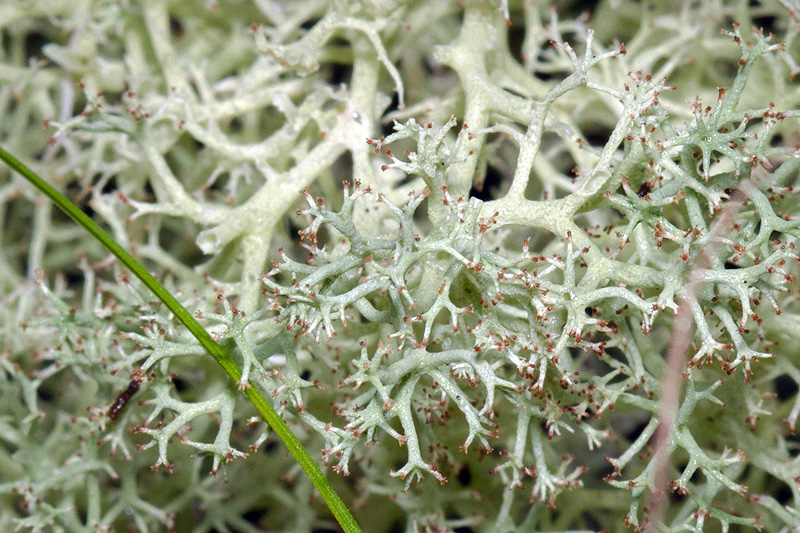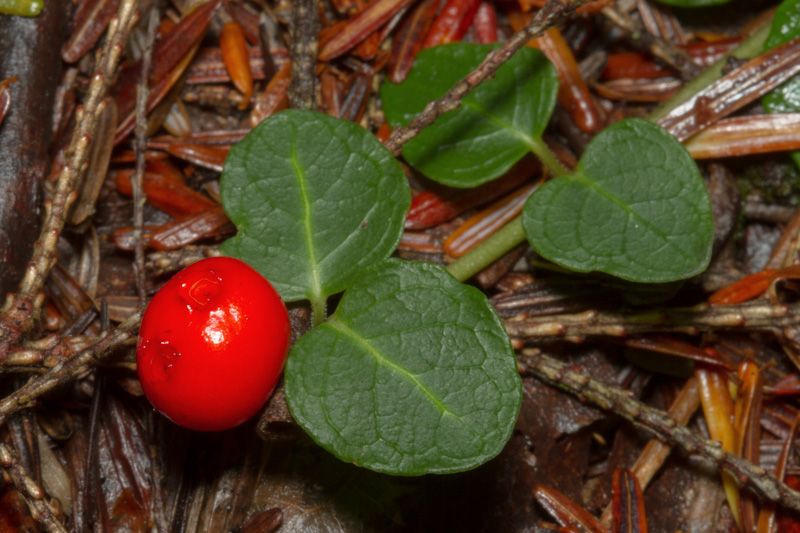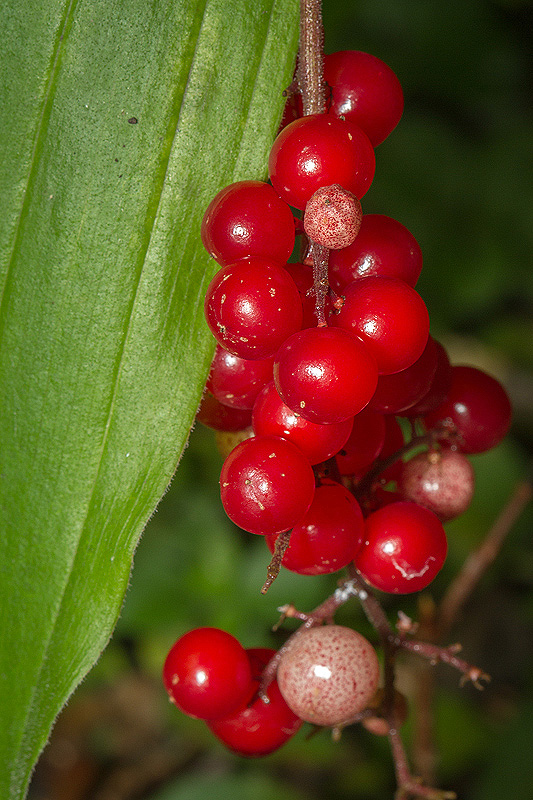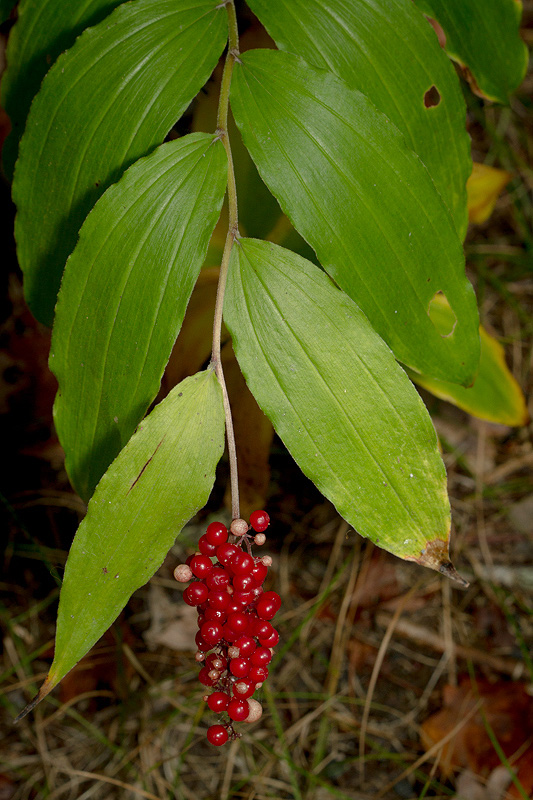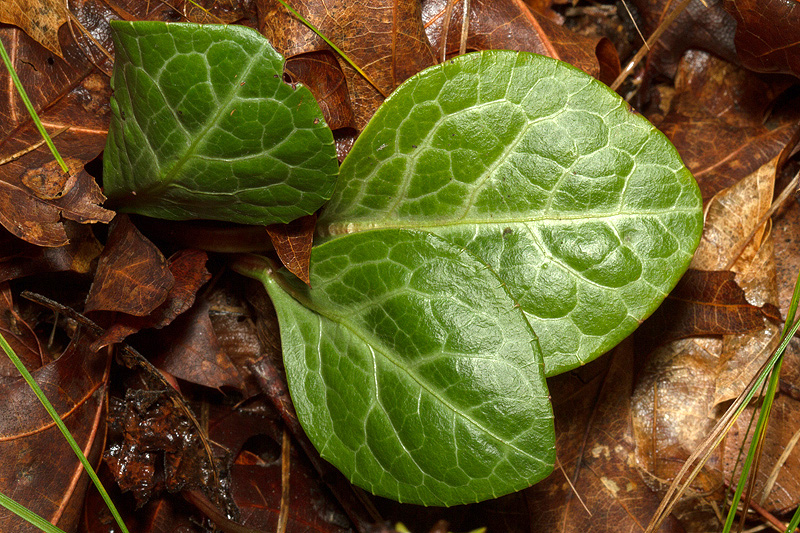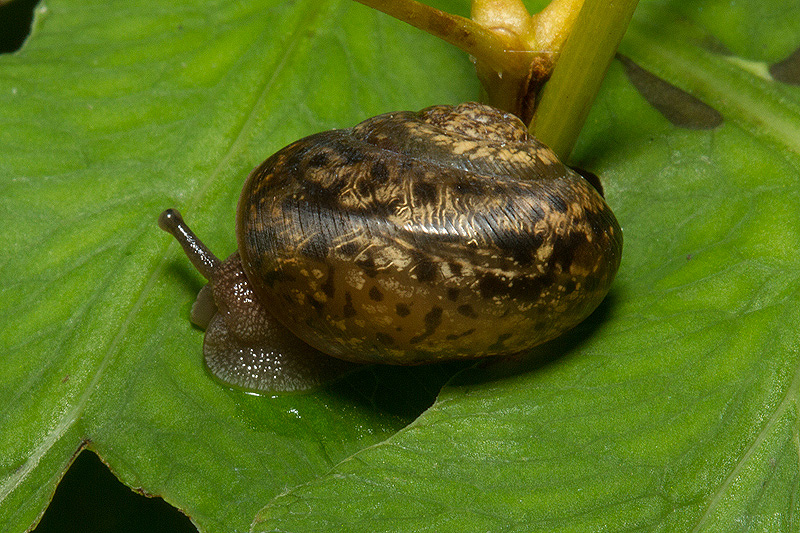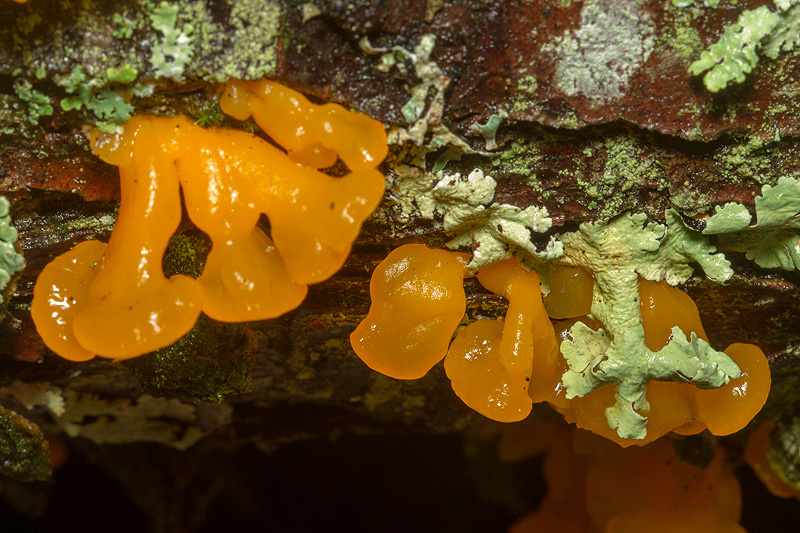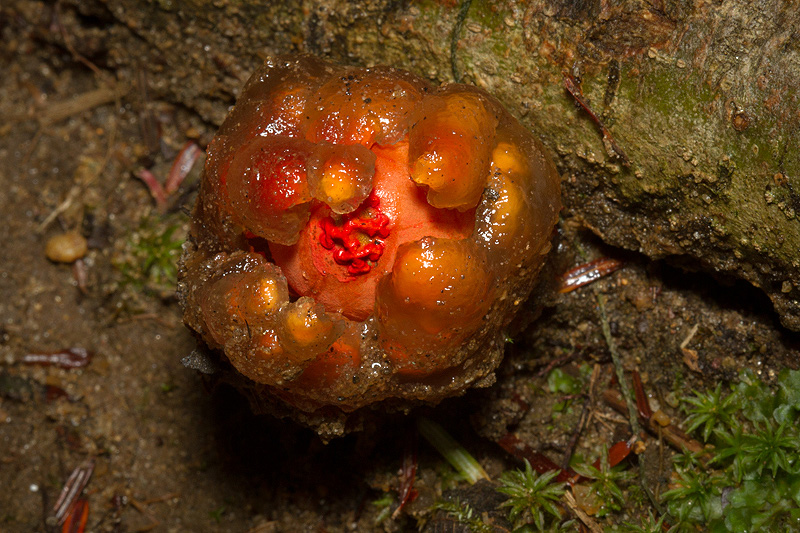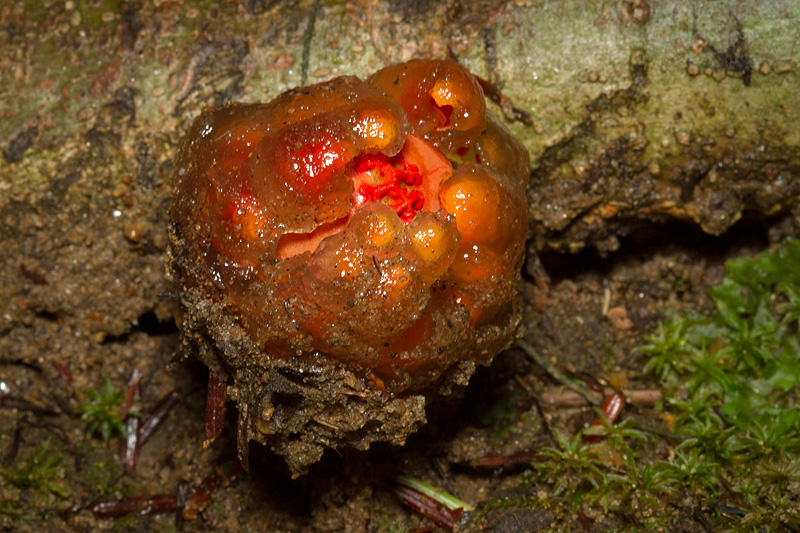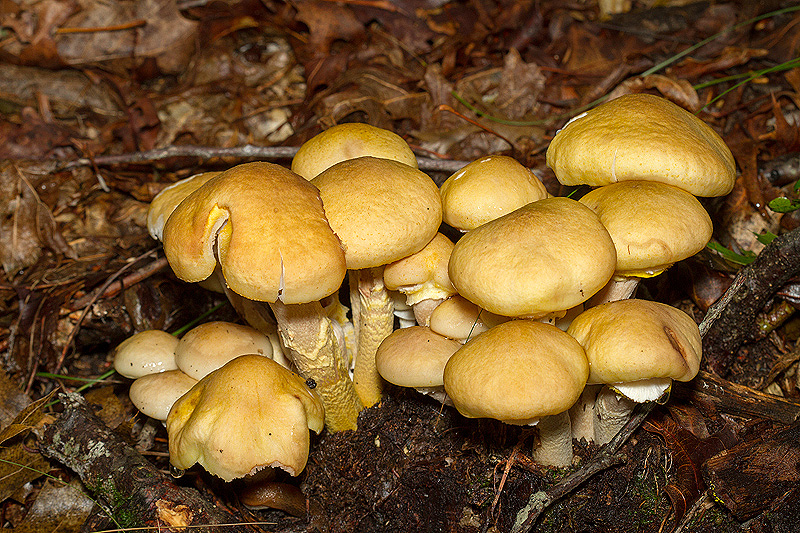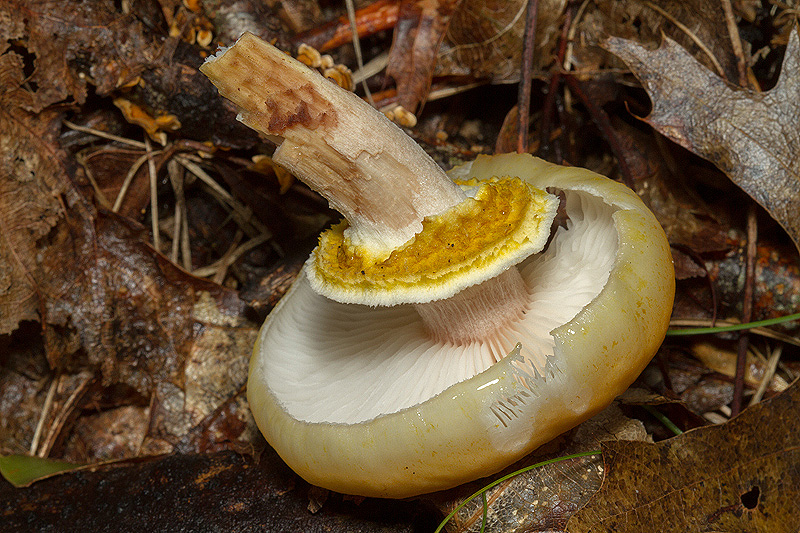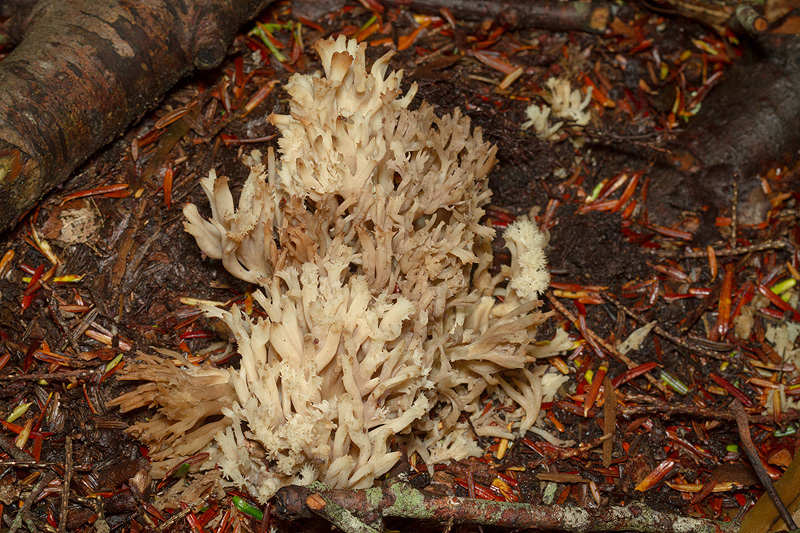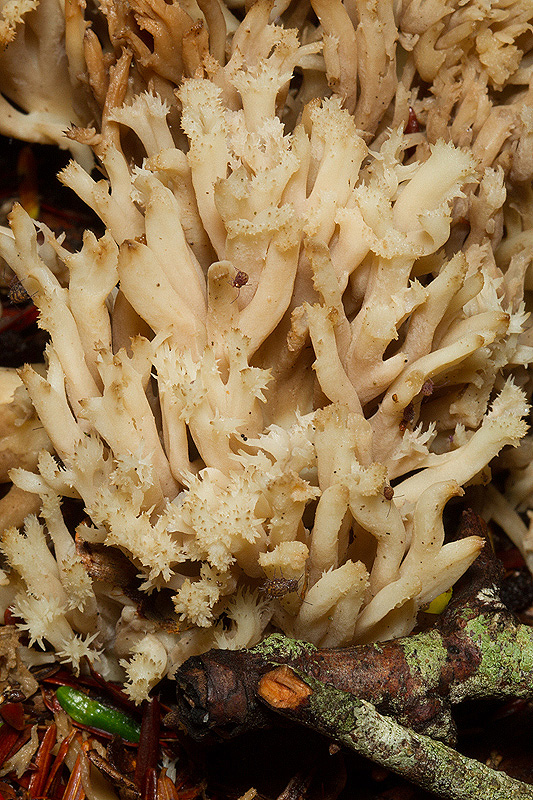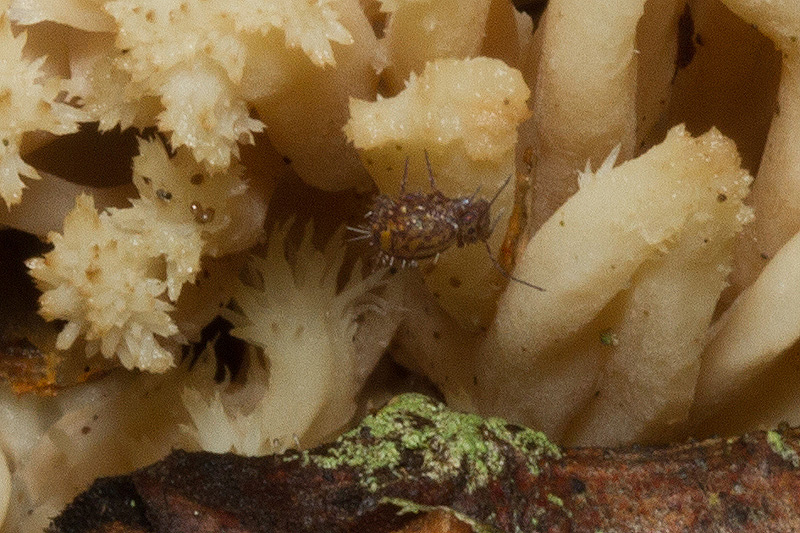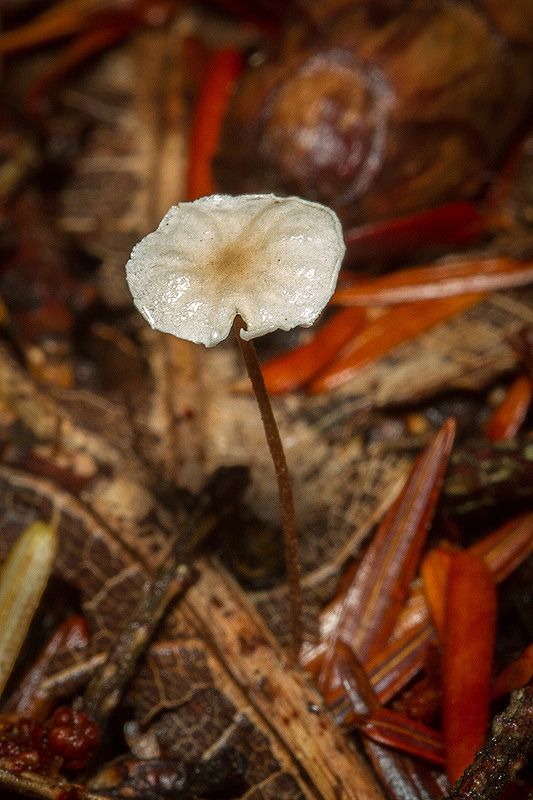Along the Air Line... 2016 - Fall, Part 1 The Air Line Trail in Eastern Connecticut - Stan Malcolm Photos |
mHome Page Stan's FlickR Albums |
September 23rd. Back to Cranberry Bog. Great Blue Heron (Ardea herodius) on the same perch as three days ago. |
|
|
|
An adult Green Heron (Butorides virescens). |
Same bird; different perch. |
Another Green Heron; this an immature one borrowing the Great Blue Heron's perch. |
|
|
|
|
Fragrant Water Lily (Nymphaea odorata). |
Asters (Symphylotrichum sp.). |
Honey Bee (Apis mellifera) on Goldenrod. This bee is just beginning a foraging run as there is barely any pollen on its hind femur. |
Northern Paper Wasp (Polistes fuscatus). |
|
Barnyard Geese just east of Cranberry Bog. |
|
September 24th. Woolly Alder Aphids (Prociphilus tessellatus). |
Winterberry (Ilex verticillata). |
|
Hickory Tussock Moth (Lophycampa caryae). |
Bouncing Bet (Saponaria officinalis). |
|
September 25th. Osprey (Pandion haliaetus). |
|
|
|
Probably too many nearly identical Osprey pictures but seemed a shame to waste them. |
|
Great Blue Heron and Mallards. |
Belted Kingfisher (Ceryle alcyon). As far away as the Osprey but a much smaller bird. |
September 27th. A walk west from Grayville Road to Judd Brook. Still damp after overnight rain. |
|
|
Winged Sumac (Rhus copallina). |
Stiff Aster (Ionactis linariifolia). Note the needle-like leaves. |
Closed Gentian (Gentiana andrewsii). |
|
Reindeer Lichen (Cladonia rangifera). |
Fruiting bodies visible here as brown specs at the tips of branches. |
Partridgeberry (Mitchella repens). |
Berries ripe on False Solomon's-seal (Smilacina racemosa). |
|
Round-leaved Pyrola (Pyrola americana). |
A very fancy-shelled snail. |
Witches' Butter or Orange Tremella (Tremella mesenterica). |
Stalked Puffball-in-aspic (Calostoma cinnabarina). Just beginning to emerge from its jelly coating. The center will grow taller and emit clouds of spores when pinched. |
|
Honey mushrooms (Armillaria mellea). Thank you, Terry Stoleson, for the ID. |
|
Crested Coral fungus (Clavulina cristata) or a similar species. |
Looking closer, I noticed some insects. |
Ah, Springtails (Order Collembola). Looks like a globular springtail, Ptenothrix sp. |
A Marasmius sp., I think. Tiny, and past prime. |
